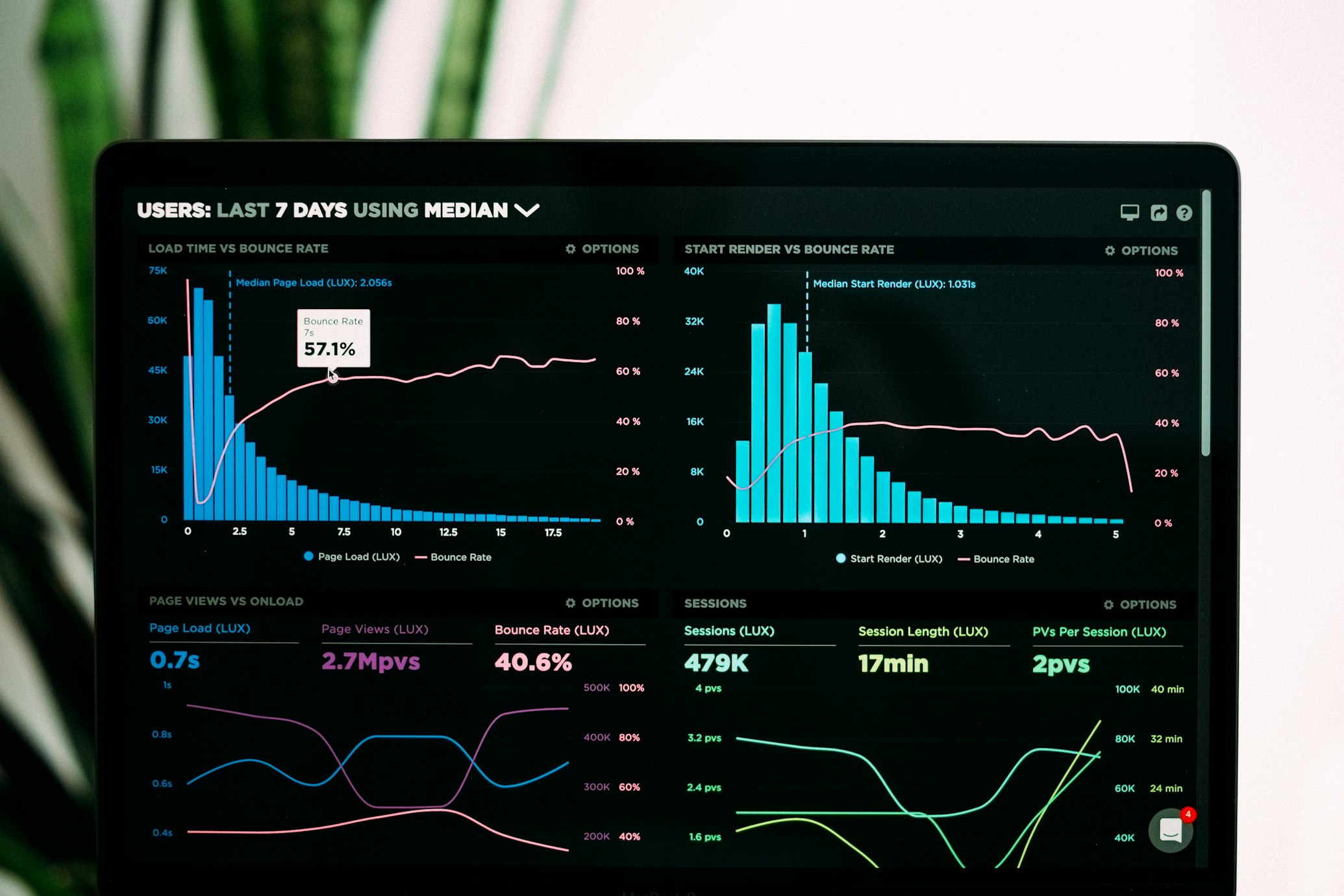MedMeSH Summarizer: How Text Mining Is Revolutionizing Gene Cluster Discovery
Unlocking the secrets of genetic collaboration through advanced computational approaches
Gene Clusters
Text Mining
Multi-View Approach
Research Tools
Unlocking Genetic Clues
Imagine trying to solve the world's most complex puzzle, where the pieces are hidden across millions of scientific documents written in technical jargon. This is the daily challenge for genetic researchers.
Every year, tens of thousands of new studies are published, creating an information overload that can obscure crucial connections between genes and diseases. In this data deluge, how can scientists efficiently connect the dots? The answer lies in an innovative tool called MedMeSH Summarizer, which leverages text mining technology to cross-reference experimental results with existing biological literature, helping researchers identify significant gene clusters and understand their role in health and disease 4 .
Information Challenge
Millions of research papers published annually create a data deluge that obscures crucial genetic connections.
Solution Approach
MedMeSH Summarizer uses text mining to connect experimental data with existing biological knowledge.
The Building Blocks: Understanding Gene Clusters
What Are Gene Clusters?
In the fascinating world of genetics, gene clusters are like specialized teams within a cell where multiple genes work together to perform important biological functions. These clusters often code for proteins that collaborate in the same pathway.
Key Functions of Gene Clusters:
- Antibiotic production in bacteria
- Immune response coordination in humans
- Metabolic processes that convert food into energy
- Cellular signaling pathways that control growth and development

Why Do Gene Clusters Matter?
Identifying these collaborative gene groups is crucial for advancing biomedical research. Gene clusters can serve as important biomarkers for disease diagnosis, help us understand drug resistance mechanisms, and reveal new therapeutic targets for conditions ranging from cancer to infectious diseases.
Recent Discovery
A 2025 study on marine bacteria revealed six distinct gene clusters responsible for hydrogen production 2 .
Medical Potential
Researchers discovered seven novel gene clusters for antimicrobial drug development 5 .
Biomedical Impact
Gene clusters help identify new therapeutic targets for various diseases.
The Language Bridge: What Is Text Mining?
Teaching Computers to Read
Text mining is a powerful computational approach that teaches computers to read, understand, and extract meaningful information from vast collections of text—much like how a skilled research assistant would comb through scientific papers, but at an incredible scale and speed. In biology, text mining systems scan through millions of documents in databases like MEDLINE, which contains citations from countless biomedical journals 1 .
Text Mining Capabilities:
- Identify key concepts across millions of documents
- Discover relationships between entities (genes, diseases, proteins)
- Detect emerging patterns that might escape human researchers
- Connect information about genes mentioned together across different studies

The Vocabulary Challenge
One significant hurdle in biomedical text mining is the diversity of terminology. The same gene or concept might be described using different terms across various research papers, specialties, or even by different research groups. This is where controlled vocabularies—standardized sets of terms—become essential for accurately extracting and connecting information 1 .
Challenge
Different terms for the same concept across research papers and specialties.
Solution
Controlled vocabularies provide standardized terminology for accurate information extraction.
MedMeSH Summarizer: A Closer Look
Bridging Data and Discovery
The MedMeSH Summarizer system represents a sophisticated approach to managing and analyzing the enormous data generated from high-density microarrays and other gene expression technologies 4 . It serves as a crucial bridge between raw experimental data and existing biological knowledge by automatically processing scientific literature to help researchers interpret their findings.
When scientists identify potential gene clusters through laboratory experiments, MedMeSH Summarizer helps them understand the biological significance of these clusters by cross-referencing them with what's already known in the published literature.

The Multi-View Approach
What makes MedMeSH Summarizer particularly powerful is its ability to incorporate what researchers call a "multi-view approach" to text mining. Rather than relying on a single vocabulary or perspective, the system leverages multiple controlled vocabularies from nine well-established bio-ontologies including GO (Gene Ontology), MeSH (Medical Subject Headings), OMIM (Online Mendelian Inheritance in Man), and others 1 .
Multi-View Analogy
Each vocabulary provides a different angle of view—much like examining an object under different lights reveals different details. The text mining result specified by each vocabulary is considered a "view," and these multiple perspectives are then integrated using sophisticated learning algorithms to provide a more comprehensive and accurate understanding than any single view could offer alone 1 .
GO
Gene OntologyMeSH
Medical Subject HeadingsOMIM
Online Mendelian InheritanceSNOMED-CT
Clinical TerminologyA Deeper Look: The Multi-View Experiment
Methodology: Putting Multi-View to the Test
To understand how effective this multi-view approach is, researchers conducted systematic experiments comparing it to traditional single-view methods. The experiment was designed to evaluate performance on two fundamental computational tasks in disease gene identification: gene prioritization (ranking genes according to their likelihood of being involved in a specific disease) and gene clustering (grouping genes based on their association with particular diseases) 1 .
Experimental Steps:
Vocabulary Selection
Nine bio-ontologies were selected as bases for controlled vocabularies, including GO, MeSH, eVOC, OMIM, LDDB, KO, MPO, SNOMED-CT, and UniprotKB 1 .
Literature Indexing
The entire MEDLINE database was indexed using each vocabulary to create distinct "views" of the information 1 .
Profile Creation
Gene-by-term profiles were generated for each view, creating mathematical representations of relationships 1 .
Data Fusion
The multiple views were integrated using multi-source learning algorithms, including consensus functions and multiple kernel learning 1 .
Performance Evaluation
The approach was systematically tested on real benchmark datasets and compared against individual models and basic combination methods 1 .
Results and Analysis: Multi-View Proves Superior
The experimental results demonstrated that the multi-view approach significantly outperformed individual models and other comparison methods in both gene prioritization and clustering tasks 1 . The integration of multiple perspectives led to more robust and accurate identification of disease-associated genes.
| Method Type | Gene Prioritization Accuracy | Gene Clustering Accuracy | Robustness to Noise |
|---|---|---|---|
| Single-View | Variable depending on vocabulary | Limited by perspective | Low to moderate |
| Basic Combinations | Inconsistent results | Poor cluster separation | Moderate |
| Multi-View Approach | Significantly better | Significantly better | High |
Reduced Noise
The multi-view approach effectively reduces noise by leveraging correlations between different text mining models 1 .
Improved Significance
Statistical significance is improved through the integration of multiple perspectives on the same data 1 .
| Bio-Ontology | Full Name | Primary Focus |
|---|---|---|
| GO | Gene Ontology | Biological processes, cellular components, molecular functions |
| MeSH | Medical Subject Headings | Broad biomedical and health-related topics |
| OMIM | Online Mendelian Inheritance in Man | Diseases with genetic components |
| SNOMED-CT | Systematized Nomenclature of Medicine-Clinical Terms | Clinical terminology |
| UniprotKB | UniProt Knowledgebase | Protein sequence and functional information |
The Scientist's Toolkit
Modern gene cluster research and text mining rely on a sophisticated array of laboratory reagents and computational tools.
| Tool/Reagent | Function | Application in Research |
|---|---|---|
| antiSMASH | Identifies biosynthetic gene clusters | Genome mining for natural product discovery 5 |
| Spacedust | Detects conserved gene clusters using protein structures | Comparative genomics across multiple organisms |
| Trimmomatic | Removes adapters and low-quality bases from sequence data | RNA-seq data preprocessing 6 |
| STAR/HISAT2 | Aligns RNA-seq reads to reference genomes | Mapping gene expression data 6 |
| HTSeq-count/FeatureCounts | Quantifies reads mapping to each gene | Gene expression analysis 6 |
| FastQC | Generates quality control reports for sequence data | Ensuring data reliability 6 |
| Next-Generation Sequencing Platforms | High-throughput DNA/RNA sequencing | Generating gene expression data 8 |
| Medline/PubMed Database | Comprehensive biomedical literature collection | Text mining knowledge base 1 |
Data Generation
High-throughput sequencing platforms generate massive genomic datasets for analysis.
Computational Analysis
Specialized software tools process and analyze genetic data to identify patterns.
Knowledge Integration
Text mining connects experimental results with existing literature for interpretation.
The Future of Gene Cluster Discovery
As text mining technologies like MedMeSH Summarizer continue to evolve, they're opening new frontiers in genetic research.
The integration of multiple biomedical perspectives through the multi-view approach, combined with advanced clustering algorithms and increasingly sophisticated natural language processing, promises to accelerate our understanding of the complex genetic underpinnings of health and disease.
Enhanced Sensitivity
These tools are particularly powerful when they incorporate the latest advances in protein structure analysis and genomic context, as seen in emerging tools like Spacedust, which uses structure comparison to find remote connections between genes that traditional sequence-based methods might miss .
Addressing Challenges
This enhanced sensitivity helps researchers assign functions to previously uncharacterized genes—addressing the critical challenge where about 40% of genes in the human gut, for example, currently cannot be linked to specific functions .

Bridging Knowledge Gaps
In the end, tools like MedMeSH Summarizer represent more than just technical solutions to information overload—they're bridges connecting the dots of biological knowledge, helping researchers see the bigger picture of how our genes work together to shape health and disease. As these technologies continue to evolve, they'll undoubtedly unveil new aspects of the genetic symphony that governs life itself.